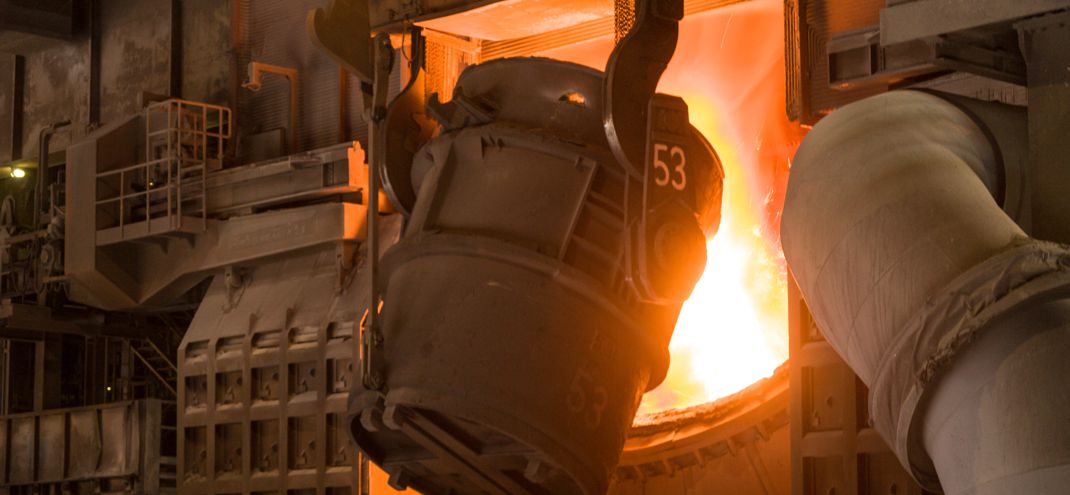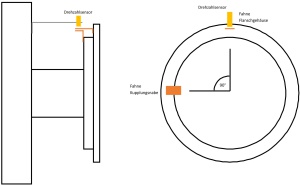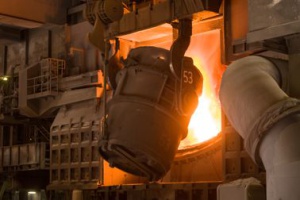-
Entry date 24.07.2025
Condition monitoring at HUSUM WIND 2025

-
Entry date 16.07.2025
Condition monitoring saves system operators a lot of money

-
Entry date 27.01.2025
Drum coupling monitoring - Automatic condition monitoring on cranes

-
Entry date 18.10.2024
Condition Monitoring and Artificial Intelligence

-
Entry date 15.12.2023
Condition monitoring at maintenance Dortmund on February 21st and 22nd, 2024

Converter Bearing
A converter is a heat-resistant container in which steel is produced at around 1,500 °C. Large converters hold over 300 tons of liquid material and are refilled approximately 50 times per day. The converter must be swiveled for loading and unloading. This is done via pins that are guided in rolling bearings. These converter bearings only occasionally perform rotational movements that are also smaller than a full revolution. At the same time, they have to absorb a large static load as well as dynamic loads caused by the production process. This can lead to damage processes that can be diagnosed with the help of a suitable condition monitoring system.
In fact, classic vibration diagnosis with acceleration sensors and subsequent generation of spectra and envelope spectra is rather unsuitable for this. On the one hand, sufficiently long oscillation time signals cannot be recorded. On the other hand, the low rotation speed is the reason why hardly any high-frequency vibrations are generated.
GfM has created a reliable diagnostic procedure for diagnosing converter bearings and has successfully used it several times. Only the angle of rotation and signals from displacement sensors are used for this. The sensors can be retrofitted to existing systems. The signals are analyzed and reliably interpreted in the online condition monitoring system Peakanalyzer.





